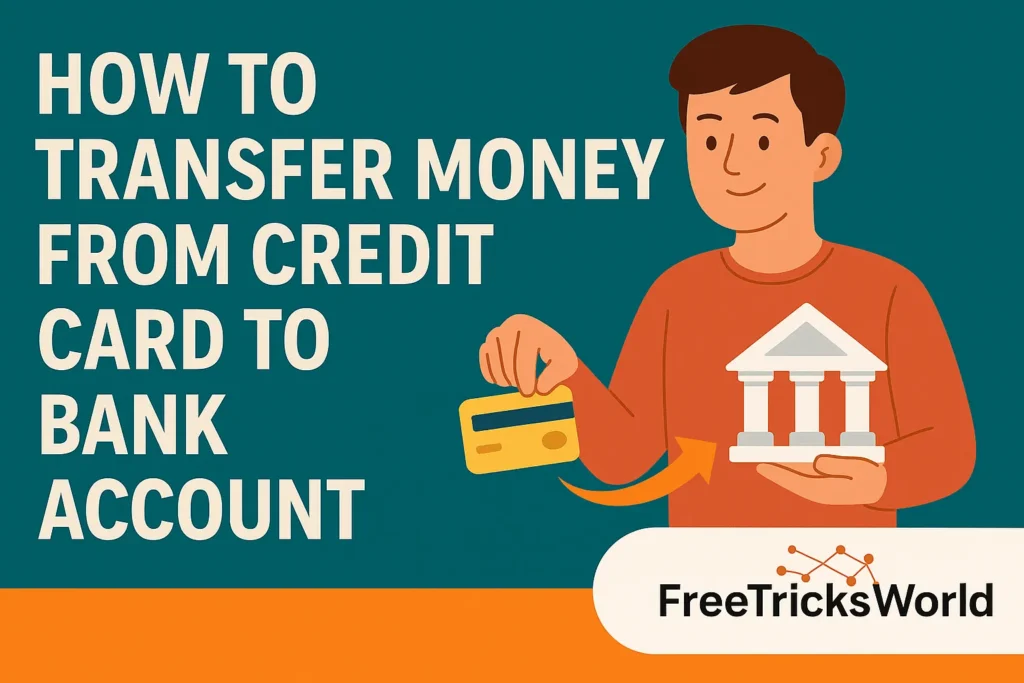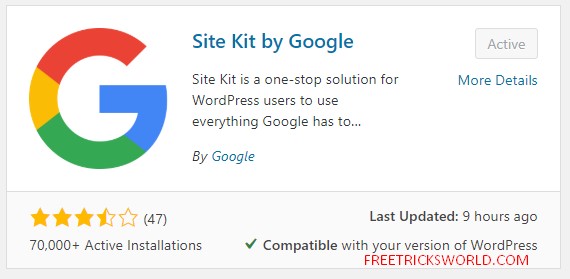How to transfer money from credit card to bank account
Transferring money from a credit card directly to your bank account provides crucial liquidity during financial emergencies or cash flow gaps. However, this convenience comes with significant costs and risks that demand careful consideration. This definitive guide explores all legitimate methods, their associated fees, processing times, impact on your credit health, and smarter alternatives – empowering you to make informed financial decisions.

Why Transfer Funds from Credit Card to Bank?
While not ideal for routine use, this strategy serves specific purposes:
- Emergency Cash Access: Cover unexpected medical bills, urgent repairs, or essential expenses when savings are depleted.
- High-Cost Debt Consolidation: Pay off higher-interest debts (like payday loans or overdrafts charging 30-40% APR) using a lower-rate credit option.
- Time-Sensitive Opportunities: Seize short-term investment openings requiring immediate capital.
- Business Cash Flow Management: Bridge temporary gaps for micro-businesses or freelancers awaiting payments.
Methods Explained: Processes, Fees & Timelines
Choose your method based on speed needs, cost tolerance, and availability:
- Money Transfer Credit Cards (Direct Bank Transfer)
- Process: Specialist cards (e.g., UK 0% money transfer cards) allow direct transfers via online banking/app to your linked bank account. Requires prior application/approval.
- Fees: 2%-5% transfer fee (common in UK/India). E.g., £30-£40 on £1,000.
- Interest: Often included in 0% intro offers (e.g., 12-18 months). Reverts to high standard APR (often 24%+) afterward.
- Speed: 1-2 working days.
- Best For: Planned, larger transfers with a clear repayment plan during the 0% period.
- Third-Party Payment Apps & Digital Wallets
- Process: Load funds to apps (Paytm, Mobikwik, CRED, GimBooks Pay, PhonePe) via credit card, then transfer to bank. May involve “rent payment” or “vendor payment” workarounds.
- Fees: 1.5% – 4% + GST (common in India). GimBooks Pay advertises “zero hidden charges” for businesses.
- Interest: Treated as purchase/cash advance by card issuer – accrues immediately if no grace period.
- Speed: Instant to 72 hours.
- Best For: Smaller, urgent transfers; app users prioritizing convenience.
- ATM Cash Advance + Bank Deposit
- Process: Withdraw cash at ATM using credit card PIN, deposit cash into bank via teller/ATM.
- Fees: 3%-5% cash advance fee (min ₹300-₹500/$5-$10) + ATM fees + Immediate interest (36%-48% APR).
- Speed: Instant cash, but bank deposit may delay availability.
- Best For: True emergencies only – most expensive method.
- Balance Transfer Cheques
- Process: Use cheques issued by your card provider (for balance transfers), write to yourself, deposit into bank.
- Fees: 3%-5% fee.
- Interest: May have promotional low/0% rate; check terms carefully. Standard rates apply post-promo.
- Speed: 3-5 business days for clearance.
- Best For: If cheques are readily available and speed isn’t critical.
- Bank-Specific Methods (Net Banking/Phone Banking)
- Process: Some banks (e.g., Axis Bank) offer “Credit Card to Bank Account” options within net banking menus or via customer service calls.
- Fees: Usually treated as cash advance (2.5%-3% fee + immediate interest).
- Speed: Varies (phone banking may be slower).
- Best For: Customers of banks offering this integrated service.
Table: Comparing Credit Card to Bank Transfer Methods
| Method | Average Fees | Interest Starts | Transfer Speed | Best Use Case |
|---|---|---|---|---|
| Money Transfer Card | 2% – 5% of amount | After 0% period ends | 1-2 business days | Planned, larger sums |
| Third-Party Apps | 1.5% – 4% + GST | Immediately (usually) | Instant – 72 hours | Smaller, urgent needs |
| ATM Cash Advance | 3% – 5% + ATM fees | Immediately | Instant (cash) | Absolute emergencies only |
| Balance Cheque | 3% – 5% of amount | Per promo terms | 3-5 business days | If cheques available, not urgent |
| Bank Net Banking | ~3% (cash advance fee) | Immediately | Varies by bank | Customers of specific banks |
Critical Considerations & Hidden Costs
- Credit Utilization Impact: Transfers use your credit limit. Exceeding 30% utilization harms your credit score.
- No Genuine “Free” Transfers: Merchant fees (MDR) make truly free transfers rare. “Free” offers usually have limits or conditions.
- Compound Interest: Unpaid balances grow rapidly due to daily compounding interest at high APRs.
- Loss of Grace Period: Unlike purchases, cash advances attract interest from Day 1 – no interest-free period.
- GST/Taxes: In India, 18% GST is added to transaction fees.
- Repayment Complexity: Payments often apply to lower-interest balances first, prolonging high-interest debt.
Impact on Credit Score: Proceed with Caution
Frequent transfers signal financial distress to lenders, potentially:
- Lowering Your Score: High utilization ratios (amount owed vs limit) are a major scoring factor.
- Triggering Risk Alerts: Multiple cash-like transactions may flag your account for review.
- Harming Future Credit: Makes securing loans, mortgages, or better cards harder and more expensive.
Safer Alternatives to Consider First
Exhaust these options before using credit card transfers:
- Personal Loans: Lower interest rates (often 10-15% vs credit card’s 24-48%), structured repayments.
- Overdraft Facilities: Use sparingly – arranged overdrafts can be cheaper than unarranged ones (30-40% APR) .
- 0% Purchase Credit Cards: If funding a specific purchase, this avoids transfer fees.
- Salary Advance: Request an advance from your employer (interest-free).
- Emergency Fund/Savings: Ideally, tap into reserved cash first.
- Selling Assets/Pawn Loans: Liquidate unused items or use valuables for secured short-term loans.
Step-by-Step: Minimizing Costs & Risks
If you must proceed:
- Check Eligibility/Limit: Confirm transfer capability and available credit (usually 90-95% of limit).
- Compare ALL Costs: Calculate total fees (% + fixed) + projected interest (APR x time to repay).
- Choose the Cheapest Method: Use the table above – prioritize low-fee apps or 0% money transfer cards.
- Set a Repayment Plan: Crucial: Divide (transfer amount + fees) by months in 0% period. Set up autopay.
- Transfer Only the Essential Amount: Avoid maxing out your limit.
- Monitor Statements: Track interest accrual and repayment progress.
- Repay BEFORE Promo Ends: Avoid revert rate shock.
When Does a Credit Card to Bank Transfer Make Sense?
It can be viable only if:
- You have a 0% money transfer offer AND can repay fully within the promo period.
- The total cost (fee + interest) is lower than alternatives (e.g., payday loan fees).
- It’s a true emergency with no other funding source.
- For businesses, it improves cash flow during receivables delays.
Conclusion: A Tool of Last Resort
Transferring money from a credit card to your bank account is possible via multiple channels – from specialized cards and fintech apps to costly ATM withdrawals. While offering vital liquidity in crises, it remains one of the most expensive forms of borrowing due to steep fees, immediate high-interest accrual, and potential credit score damage. Reserve this strictly for emergencies or pre-planned, cost-calculated debt consolidation under a 0% offer. Always prioritize building an emergency fund and explore cheaper alternatives like personal loans first. If you proceed, choose the lowest-fee method, transfer only what’s essential, and implement an ironclad repayment strategy before interest erodes your financial stability.
Also Read Similar Articles






